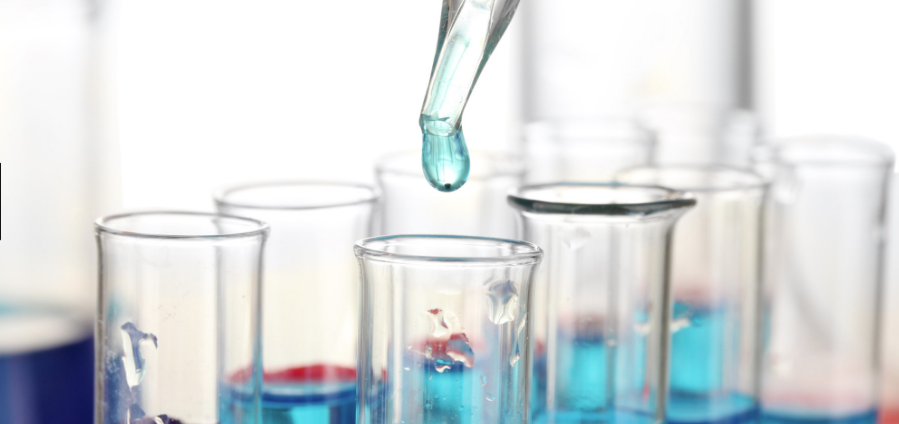
Chemistry is a field filled with equipment. If you are going to perform any meaningful experiments in a chemistry lab, you are going to need at least a basic collection of pieces of laboratory equipment. Some experiments call for only the basics, while others will require the use of complex, expensive pieces. In this article – the first of a two-part series – we are going to take a look at some of the basic items which are typically found in a chemistry lab.
Beakers
This just might be the first piece of gear you think about when you picture a chemistry lab. Beakers come in many different sizes, so most labs will have a variety of sizes on hand to ensure they have one that suits the job in every circumstance. It is common for beakers to have pour spouts, and they do not traditionally include lids.
Test Tubes
Another chemistry lab staple, test tubes are used in a number of different applications. These tubes are closed on one end and open on the other – the closed end is rounded, so test tubes will not stand up on their own. To keep the tubes upright and organized, you will want to have a test tube rack on hand. Another important accessory for your test tubes are test tube tongs, which are used any time it would not be safe to directly handle the tubes (such as when they are too hot).
Graduated Cylinders
When you need to measure liquid in a chemistry lab, you are likely going to use a graduated cylinder. These are accurate measuring devices with many different increments marked up the side of the container. To accurately read how much liquid is in a graduated cylinder, you will need to make sure to take the reading at eye level while the cylinder is resting on a flat surface. As you might expect, these cylinders come in a variety of sizes in order to allow you to tackle a number of different experiments.
Bunsen Burners
When something needs to be heated up in a chemistry lab, the task often falls to a piece of equipment called a Bunsen burner. When connected to a source of flammable gas, this burner will produce a flame that can be regulated by adjusting the flow of gas into the burner. It should go without saying that safety precautions must always be taken when working with an open flame such as that produced by this piece of equipment.
Safety Equipment
Speaking of safety, no chemistry lab will be complete without a full assortment of safety gear. Goggles should be at the top of the list, but there are plenty of other key pieces to consider as well. Latex gloves are another commonly used safety item, along with lab coats and other items to protect your skin when dealing with dangerous materials. Always take full safety precautions before starting any experiment in a chemistry lab – spending a few moments preparing your safety gear will be more than worth it in the long run.
